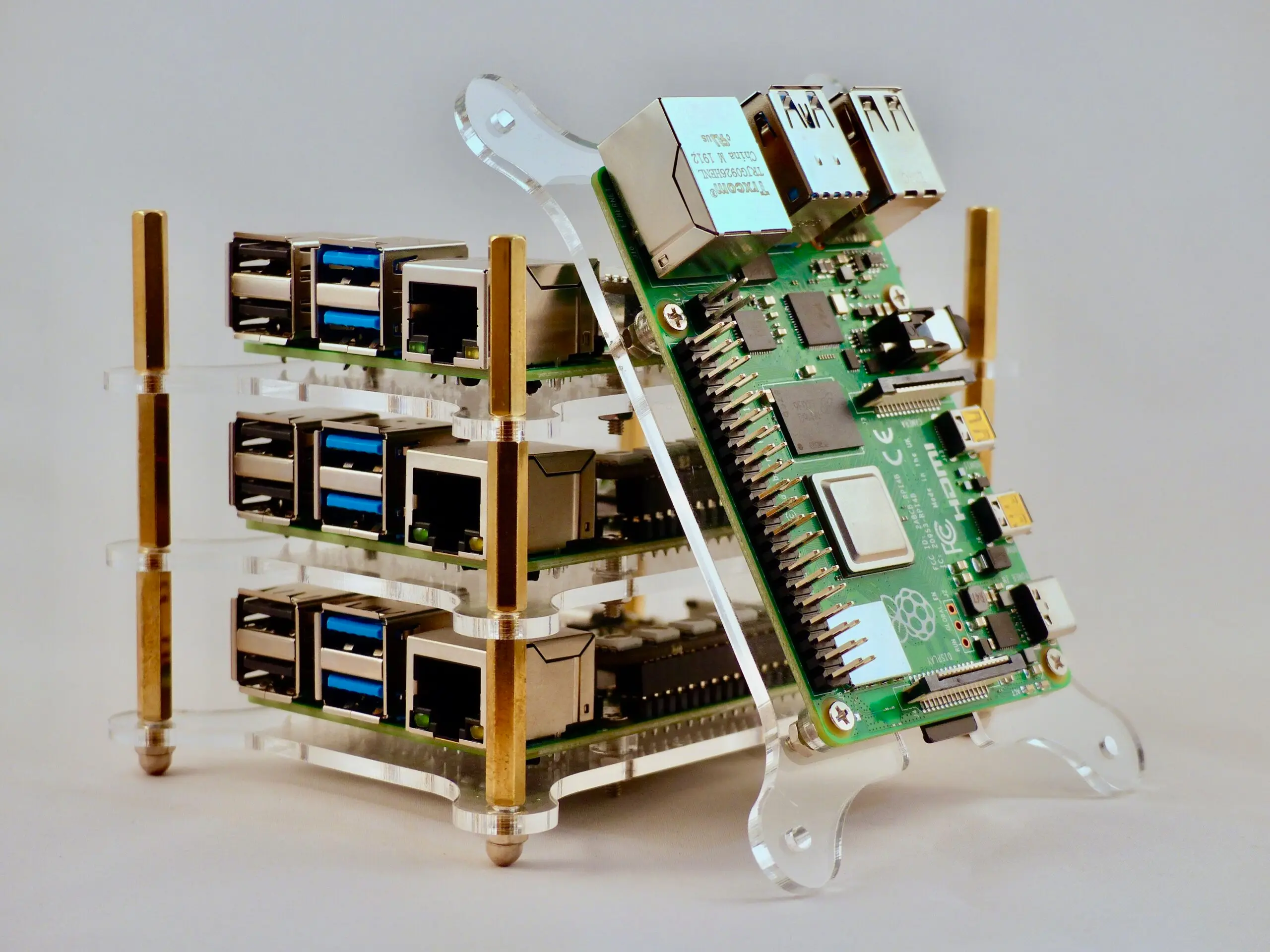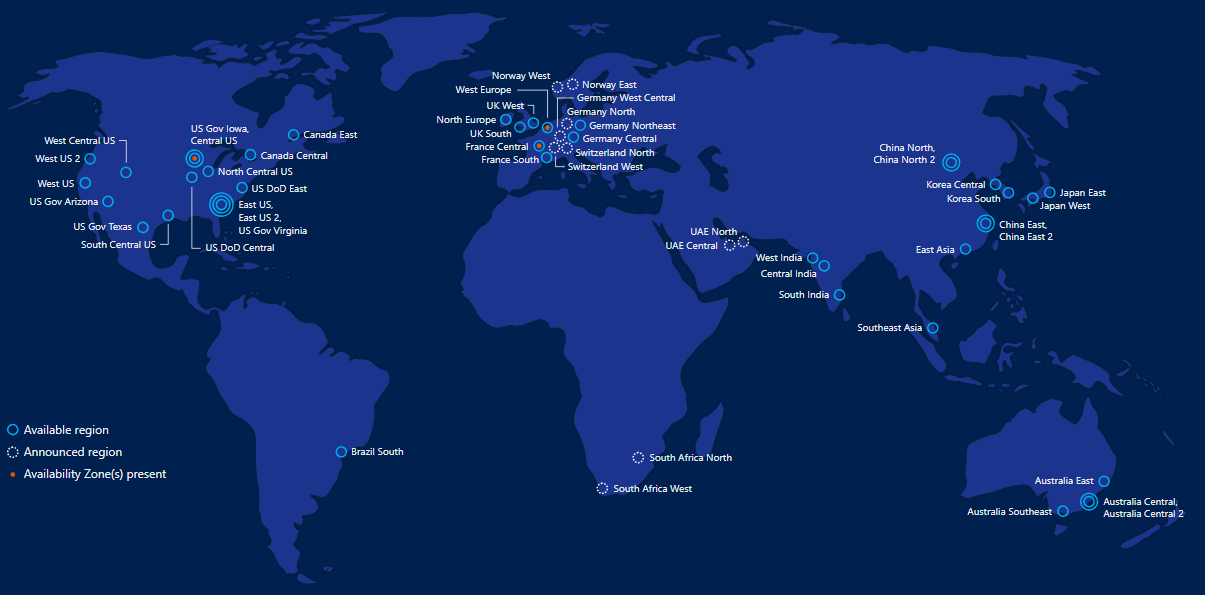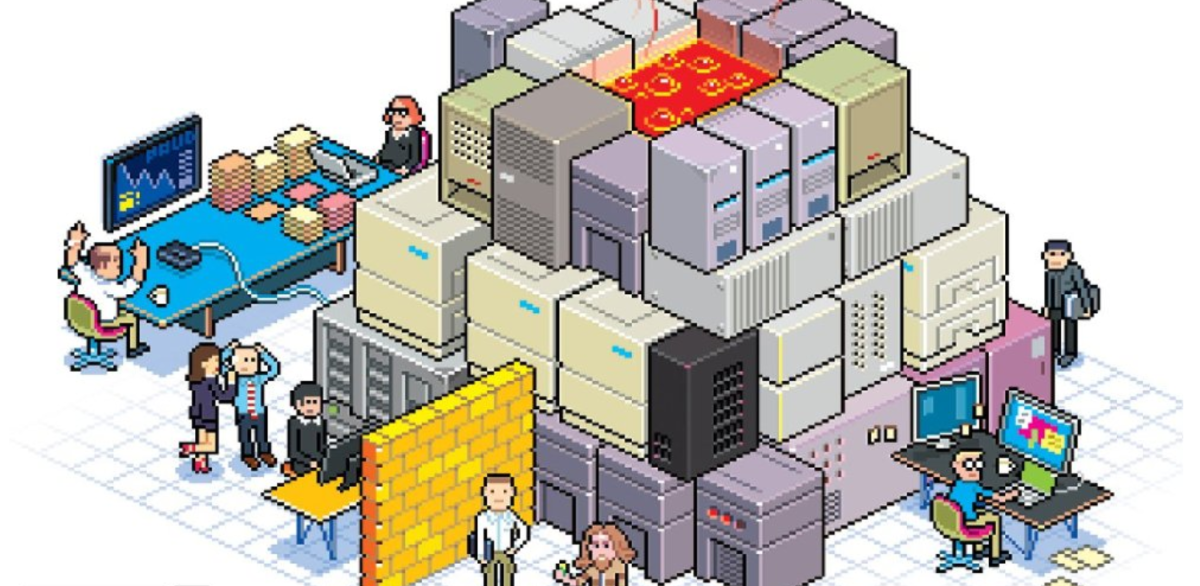
Tiny Boards, Big Problems: The Hidden Costs of SBCs in Production
Raspberry Pi and friends promise cheap edge computing, but the DevOps reality hits harder than a kernel panic.
The Raspberry Pi sitting on your desk probably cost less than your lunch. It boots in seconds, sips power, and promises to revolutionize your edge computing strategy. Then you deploy it in a factory, and suddenly that $75 board becomes a $7,500 support nightmare.
Welcome to the dirty secret of single-board computers in production systems: the sticker price lies.
When Cheap Hardware Becomes Expensive Infrastructure
The promise is undeniable: “Take this credit-card sized computer, slap it in your factory/smart city/retail store, and watch the magic happen.” But the reality of running Raspberry Pi 4s or other SBCs in production environments reveals some uncomfortable truths.

Consider the Combian64 project, where users consistently struggled with basic functionality like USB mounting and network configuration. The comment threads read like a support nightmare, users fighting with FAT32 permissions, struggling to configure WiFi, and dealing with performance issues that should be trivial on modern hardware. These aren’t edge cases, they’re the daily reality of running resource-constrained systems in the wild.
The Performance Paradox: More Cores ≠ Better Performance
The latest SBC comparison tools show an arms race in specs, quad-core this, octa-core that. But raw compute power means nothing when thermal throttling kicks in after five minutes of sustained load. The Raspberry Pi 5 with its 2.4GHz ARM Cortex-A76 sounds impressive until you realize it needs active cooling to maintain those speeds, something rarely mentioned in the marketing materials.
The hardware gap becomes painfully clear when looking at industrial alternatives. Where SBCs might offer “good enough” specs, purpose-built edge gateways like Robustel’s industrial platforms are designed for 24/7 operation with proper thermal management and industrial-grade components. That $75 Raspberry Pi suddenly looks expensive when you’re replacing it monthly.
The Tooling Gap: DevOps Meets Embedded Systems
Modern DevOps practices assume certain luxuries: reliable storage, stable power, and consistent networking. SBCs laugh at these assumptions. Try running Kubernetes on a device with 4GB of RAM and an SD card for storage. Even basic container orchestration becomes an exercise in frustration when your nodes might lose power without warning or suffer from corrupted file systems.
The comment threads on projects like Combian64 reveal the human cost: developers spending hours debugging basic functionality that should “just work.” One user reported: “The prevailing sentiment on developer forums is that USB mounting issues make simple file transfers a multi-hour debugging session.” This isn’t an edge case, it’s systemic.
Thermal Management: The Silent Killer

Thermal throttling isn’t just a performance issue, it’s a reliability nightmare. Industrial environments rarely offer the stable 21°C office conditions that SBCs were designed for. When your Raspberry Pi sits in a factory corner hitting 85°C, that “quad-core performance” quickly becomes “single-core with frequent crashes.”
The hardware comparison data shows industrial edge gateways are built with heat dissipation as a primary design consideration, not an afterthought. They include proper heatsinks, thermal pads, and often active cooling, features conspicuously absent from most SBCs.
The Update Problem: Remote Management Mirage
“Just SSH in and run apt upgrade” sounds reasonable until you’re managing hundreds of devices across multiple locations. The Combian64 project comments are filled with users struggling with basic system updates, corrupted packages, dependency issues, and systems that won’t boot after routine maintenance.
Industrial platforms address this with robust update mechanisms, failsafe rollback procedures, and remote management tools that actually work when you’re not sitting three feet from the device. That “cheap” SBC becomes expensive when you need to dispatch technicians for routine updates.
When Should You Actually Use SBCs?
This isn’t to say SBCs have no place in edge computing. They’re excellent for:
- Prototyping and proof-of-concept work
- Low-throughput monitoring applications
- Educational and development environments
- Projects where occasional downtime is acceptable
But when your business depends on reliable edge computing, the math changes dramatically. The total cost of ownership for industrial edge hardware often proves lower than constantly firefighting SBC-related issues.
The Future: Specialized or Commoditized?
The market is splitting in two directions. On one side, we see purpose-built industrial edge computers with proper thermal design, reliable storage, and industrial connectivity. On the other, SBCs continue pushing the performance envelope while remaining fundamentally consumer-grade hardware.
The Hackster.io edge AI board roundup perfectly captures this dichotomy, comparing hobbyist-friendly devices against industrial workhorses designed for actual production deployment. The trade-offs aren’t subtle when you look beyond the spec sheets.
Perhaps the most telling insight comes from projects trying to run complex software stacks on resource-constrained hardware. The constant workarounds, performance tuning, and reliability patches suggest we’re trying to fit square pegs in round holes.
SBCs revolutionized prototyping and education, but production deployment requires a different calculus. Before you deploy that Raspberry Pi cluster, ask yourself:
- What’s the true cost of downtime in your environment?
- How many hours will you spend on workarounds and support?
- Does your team have the embedded systems expertise to maintain this infrastructure?
- What happens when hardware fails in the field?
Sometimes the cheapest hardware is the most expensive choice. The edge computing revolution needs production-ready solutions, not just cheap development boards masquerading as industrial hardware.
The next time you’re tempted by that $75 board, remember: the real cost isn’t on the price tag. It’s in the lost productivity, frustrated developers, and business interruptions that follow when hobbyist hardware meets production requirements.



